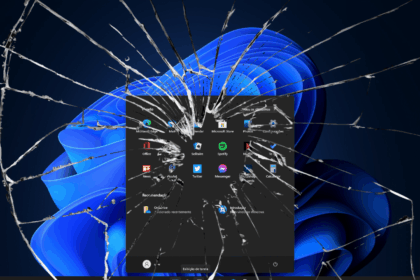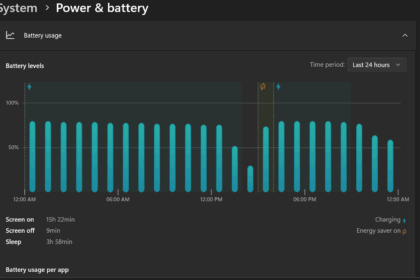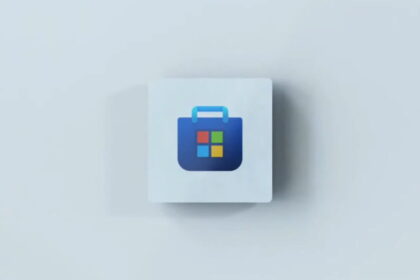Since the release of Windows 11, Microsoft has enforced strict hardware requirements, particularly TPM 2.0, making it harder for older devices to upgrade. However, it appears that the company has now removed the official workaround from its support page, a change first noticed by Neowin.
To provide context, Microsoft initially provided an official method to bypass the TPM 2.0 requirement, likely in response to widespread complaints. However, the company always warned users that bypassing the restriction could lead to compatibility issues or a lack of updates.
“Severe problems may occur if you modify the registration incorrectly using the editor or other method. These problems may require reinstallation of the operating system. Microsoft cannot ensure that these problems can be solved. Modify the registration at its own risk and risk “.
Restrictions for Windows 11 continue.
Even with the previous workaround, Windows 11 still required processors to support at least TPM 1.2, meaning it wasn’t a universal bypass for all CPUs. The removal of this method from Microsoft’s support page appears to have occurred sometime after the release of Windows 11 24H2.
Microsoft’s hardware limitations for Windows 11 seem to be part of a broader strategy to push users toward upgrading their PCs, particularly laptops that come pre-installed with the latest version of the OS. With Windows 10 support ending in 2025, Microsoft is further encouraging users to transition to Windows 11, making older hardware increasingly obsolete.











